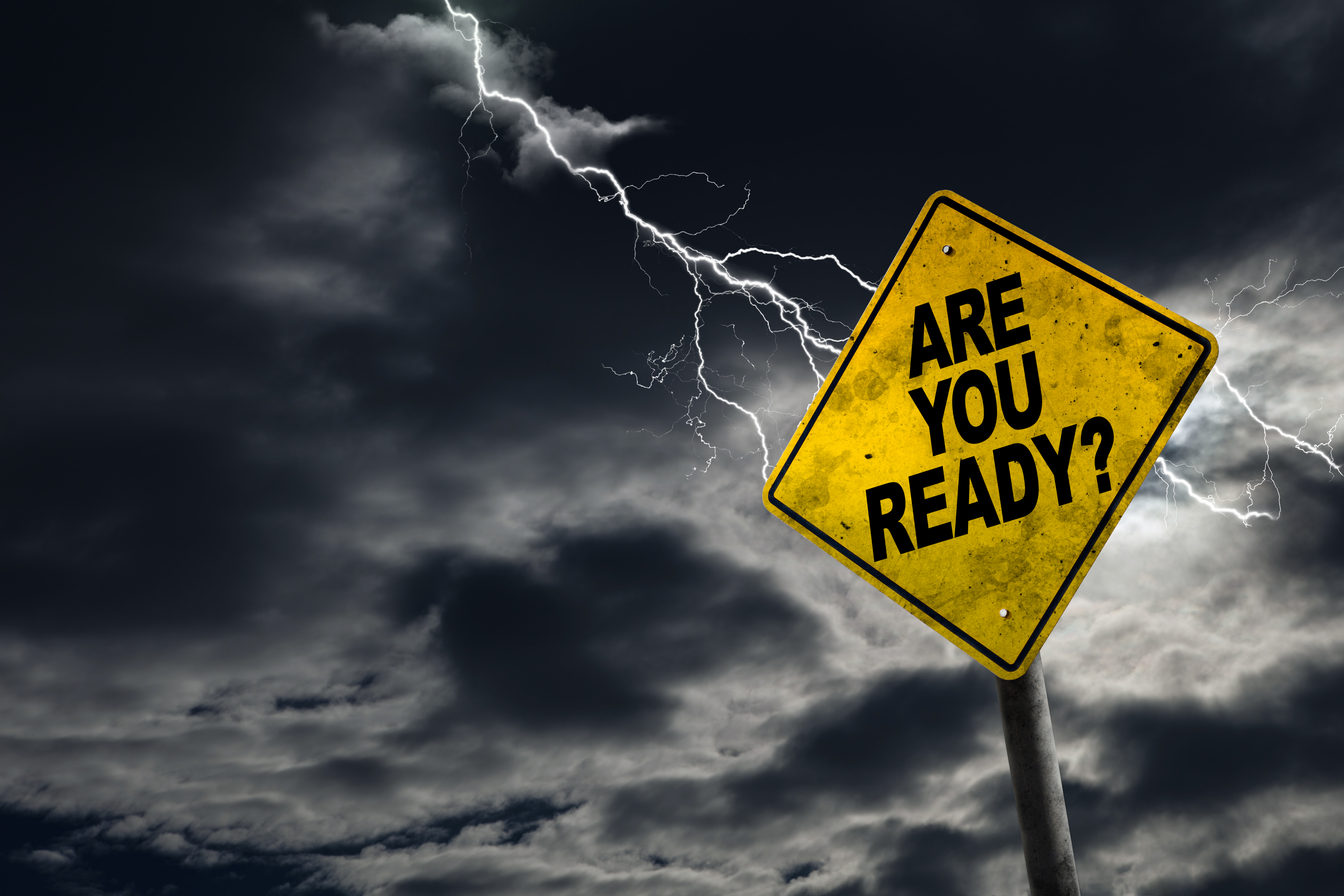| BALTIMORE – According to the National Weather Service, the 2019 storm season will be severe and unpredictable. To date, Maryland has seen severe flooding, severe winds, hail, tornadoes and downed trees and the trend is expected to continue throughout the summer. Maryland Insurance Commissioner Al Redmer, Jr. encourages all Marylanders to be prepared by meeting with a trusted advisor to identify and quantify exposure to risk and then make informed decisions regarding insurance coverage, to include flood insurance. Most homeowner insurance policies do not cover damage from floods.
 “The storms we have seen this year have been coming on quickly and often times taking Maryland consumers by surprise,” said Insurance Commissioner Al Redmer, Jr. “We are encouraging citizens across the state to be proactive now and better understand extreme weather hazards, create a home inventory and collect insurance information to help make the claims process easier after the storm passes. There are action steps you can take before, during and after unpredictable weather that will make your life easier.”
Here are some tips to help protect you and your family from issues resulting from extreme weather events:
After the Storm
For those Marylanders that may have experienced damage in the recent weather incidents, it’s important to know what steps to take regarding insurance claims. The days following a natural disaster can be confusing and stressful, but report your insurance claim(s) as quickly as possible. Contact your insurer or agent with your policy number and other relevant information. Be aware that your policy may require that you make this notification within a certain time frame. Document damage by taking photographs before you start any clean up.
Consumer Advisory: If A Tree Falls on Your Property
Understanding Extreme Weather Hazards
Unpredictable weather means storms can come on quickly, taking you by surprise. Check the weather online or via a broadcast outlet every morning to better understand what the day may bring. Consider the following:
- Hurricanes are powerful and destructive. Check that the walls, roofs and eaves of your home are secure and have been built to current codes.
- Tornadoes can hit anywhere, anytime. Make sure you identify a shelter and practice an annual family tornado drill.
- Flash floods are the cause of the most deaths associated with severe weather. Don’t drive or walk into flood waters. Never underestimate the power of flowing water.
- Lightning is common even if getting struck is rare. Stay inside during a lightning storm to keep safe.
Create a Home InventoryTo make the claims process easier, complete an inventory of your belongings, include identifying information about your possessions (brand name, price, date of purchase, model, serial number and receipts) and take photos. The National Association of Insurance Commissioners offers a home inventory app for iPhones and Androids and a simple-to-use printable home inventory checklist.
Collect Your Insurance Information
Before a storm hits, review your insurance policies. Keep your policy information in a waterproof, fireproof safe or off-site (such as in a safe deposit box), or scan it and save it to a flash drive that you keep in an emergency kit. Make sure you know what is and is not covered. Determine if your home is insured to its full replacement cost. If you have questions, contact your insurance agent or insurer. Have the 24 hour contact information for your insurance agent and insurer. Make a list that includes your policy numbers, insurer and agent’s information.
Consider Purchasing Flood Insurance For Your HomeFlood damage is generally not covered by a standard homeowners or renter’s insurance policy. Flood insurance is a covered event in most auto insurance policies. The National Flood Insurance Program and some private insurers offer policies for flood damage. There is usually a 30-day waiting period before new policies take effect. Visit www.floodsmart.gov or call 1-888-379-9531 for more information.
Prepare for the Worst
To lessen damage caused by the storm, take stock of your home. Clear your yard of debris and trim dead or overhanging branches from trees surrounding your home. Ensure the roof sheathing is properly secured. Fasten end gables to the roof. Latch doors and garage doors properly. Secure shutters and outdoor furniture.
For personal safety, identify the nearest storm shelter and have an emergency or evacuation plan for your family. Practice your plan, making sure everyone knows where the emergency supplies are stored. Have a storm survival kit that includes bottled water, a first aid kit, flashlights, a battery-operated radio, at least three days of non-perishable food items, blankets, clothing, prescription drugs, eyeglasses and personal hygiene supplies.
If you must evacuate your home, turn off all utilities and disconnect appliances to reduce the chance of additional damage and electrical shock when utilities are restored.
Protect Yourself from Fraud
Home repair fraud is common after a major weather event. Get more than one bid from contractors and request at least three references. Ask for proof of necessary licenses, building permits, insurance and bonding. Be wary of contractors who demand up-front payments for repairs.
About the Maryland Insurance Administration
# # #
| 